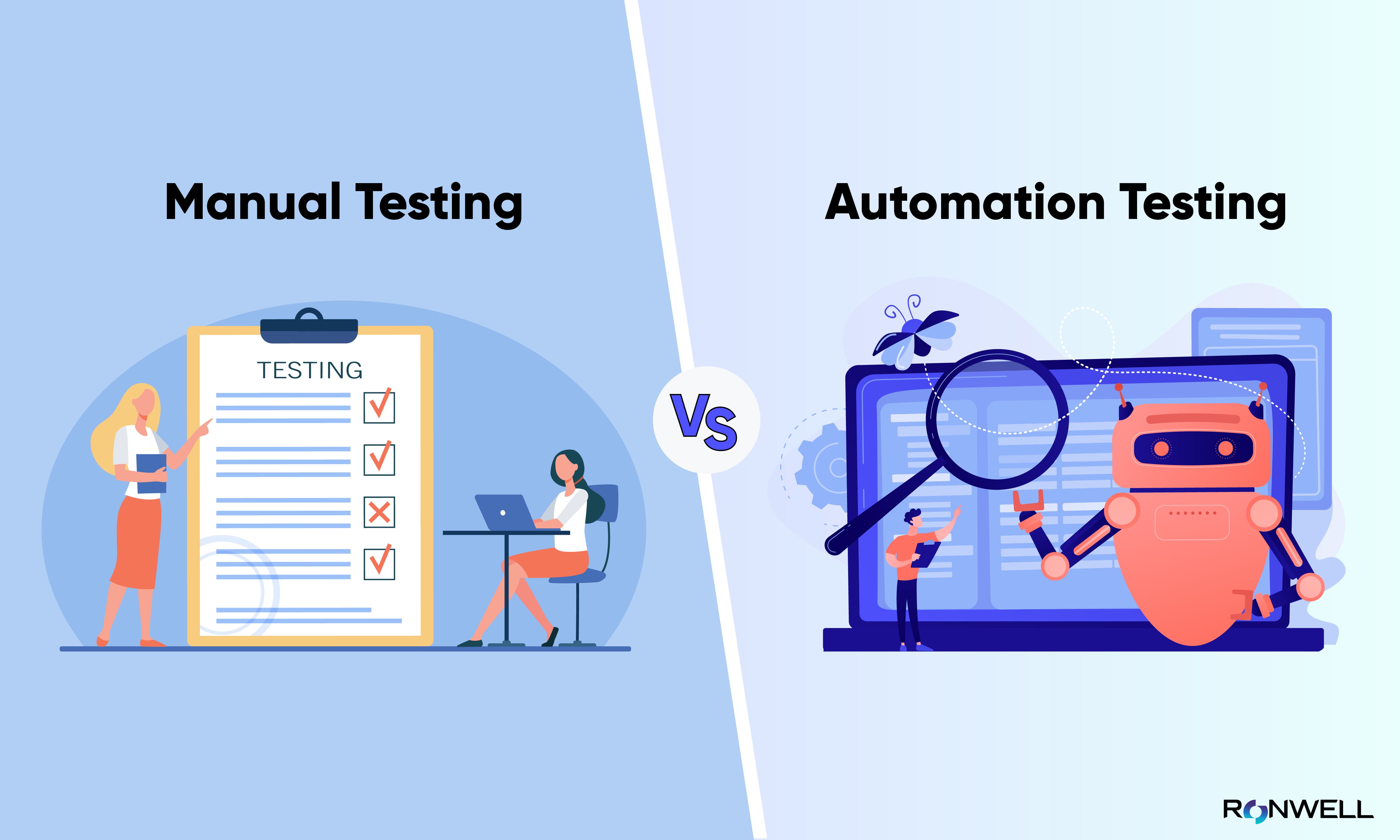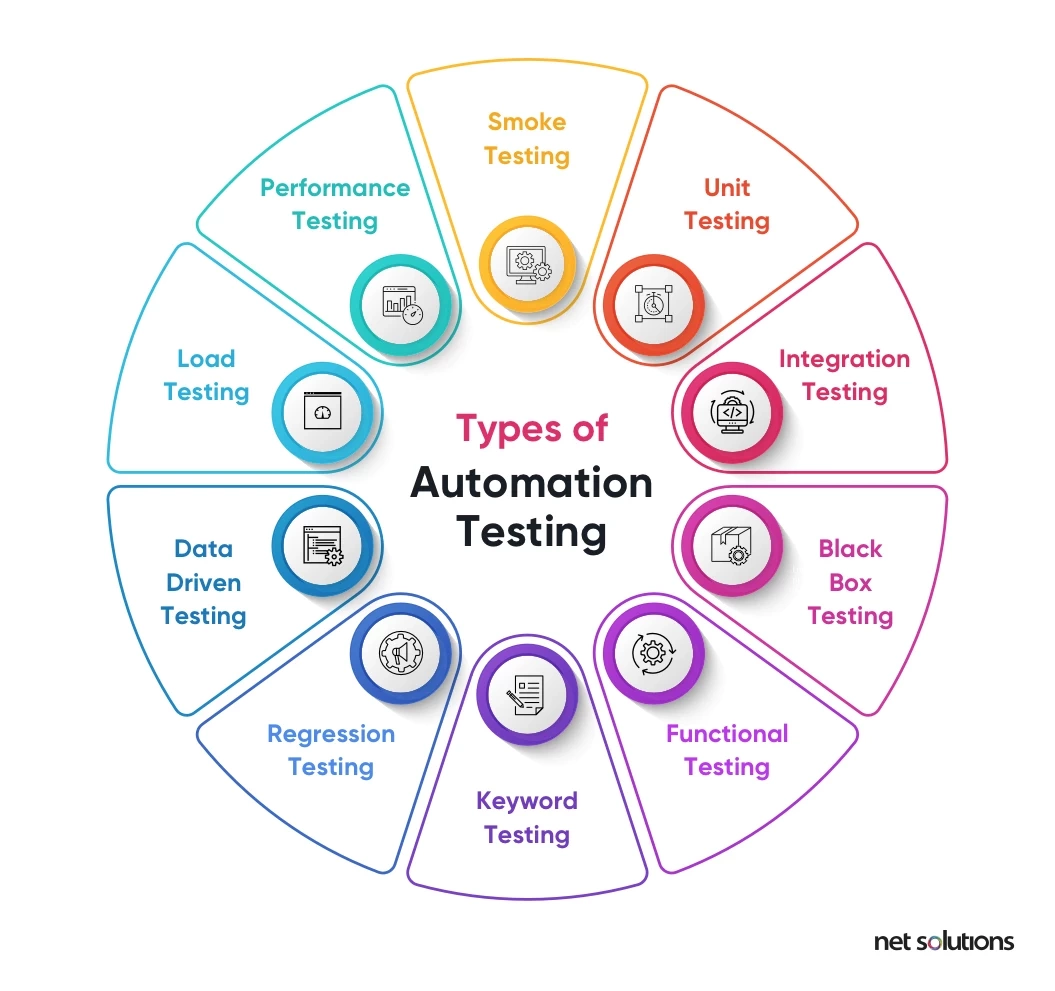From Manual to Automated Testing: A Comprehensive Overview to Transitioning Efficiently and Properly
In the world of software program screening, the change from handbook to automated procedures has actually ended up being a progressively crucial shift for organizations seeking to boost performance and precision in their testing practices. As technology remains to advancement, the need for efficient and seamless automated screening techniques has actually never ever been much more pressing. The trip from handbook to automated testing is not without its obstacles, however when approached purposefully and with a clear strategy in mind, the advantages can be substantial - automation testing. In this comprehensive overview, we will discover crucial steps and factors to consider necessary for a successful shift, from the preliminary option of devices to the integration of automation right into existing workflows. Keep tuned to discover the understandings that will help lead the method for a smoother and more efficient testing procedure.
Advantages of Automated Testing
Automated screening offers many benefits, enhancing effectiveness and precision in software advancement procedures. One primary benefit is the considerable decrease in testing time. Automated examinations can be run simultaneously on several tools and running systems, dramatically speeding up the testing phase compared to hand-operated testing. This enhanced effectiveness enables faster responses on the quality of the software application, allowing programmers to recognize and address issues immediately.
Furthermore, automated screening makes sure a higher degree of precision in discovering defects. Uniformity in testing is also improved, as automated examinations perform the same actions precisely each time they are run.
Picking the Right Devices

First of all, examine your needs and goals. Understand the scope of your task, the modern technologies included, and the capability of your group. This evaluation will certainly assist you figure out the capabilities and attributes you need in your testing devices.
Second of all, think about the compatibility of the devices with your existing processes and systems. Seamless assimilation with your present software growth lifecycle is important to make sure a smooth shift to automation.
In addition, examine the scalability and versatility of the tools. As your screening needs evolve, the devices ought to have the ability to adjust and accommodate adjustments efficiently.
Last but not least, consider the support and area around the devices. When implementing automated screening, robust assistance and an energetic individual area can offer beneficial resources and help. By carefully taking into consideration these aspects, you can choose the right tools that line up with your needs and set the phase for an effective transition to automated screening.
Composing Reliable Examination Scripts

When crafting test manuscripts, it is vital to consider the certain needs of the software application being tested and make sure that the scripts attend to all click this site critical performances. Descriptive and clear calling conventions for examination scripts and examination instances can enhance readability and maintainability. Furthermore, incorporating error handling systems within the examination scripts can assist in recognizing and dealing with problems without delay.
Additionally, arranging examination manuscripts into modular elements can enhance reusability and scalability, lowering redundancy and enhancing effectiveness in examination manuscript maintenance. Normal reviews and updates to evaluate manuscripts are critical to keep pace with developing software application needs and capabilities. By complying with these concepts, testers can produce efficient and robust examination scripts that add dramatically to the success of automated screening procedures.
Integrating Automation Into Workflows
By seamlessly integrating Full Report automated testing devices like Selenium or Appium right into the software program growth lifecycle, teams can achieve faster feedback on code changes, leading to quicker pest detection and resolution. This assimilation permits for continuous screening throughout the growth procedure, making certain that any kind of problems are determined early on, resulting in greater software top quality. Correct integration of automation devices needs cooperation in between advancement, screening, and operations groups to establish a unified operations that optimizes performance and effectiveness in delivering top quality software application products.
Making Sure a Smooth Change
Successfully transitioning to automated testing includes precise planning and cautious implementation to make best use of and lessen disturbances effectiveness in the software growth process - automation testing. To guarantee a smooth change, it is necessary to start by carrying out a comprehensive analysis of the present screening processes and determining locations where automation can bring one of the most considerable advantages. Engaging with all stakeholders early on at the same time, including developers, testers, and job managers, is essential for amassing assistance and buy-in for the automation campaign
Interaction is vital during this transition stage. Clear interaction of the goals, advantages, and assumptions of automated testing assists to handle any type of resistance or concerns that may develop. In addition, giving appropriate training and resources for staff member to upskill in automation devices and methods is crucial for ensuring an effective transition.

Conclusion
In conclusion, transitioning from manual to automated testing uses numerous benefits, including boosted efficiency and reliability. By choosing the appropriate tools, composing reliable test manuscripts, and integrating automation perfectly right into process, organizations can make certain a successful and smooth change. It is necessary to embrace automation as a useful asset in software screening procedures to enhance overall high quality and productivity.
In the world of software application testing, the change from guidebook to automated processes has actually come to be a significantly vital change for organizations seeking to improve efficiency and accuracy in their screening techniques. Automated tests can be run all at once on numerous devices and operating systems, drastically speeding up the testing stage compared to manual testing. Uniformity in testing is likewise boosted, as automated tests perform the exact same steps specifically each time they are run.To ensure the successful implementation of picked screening devices, the creation of reliable examination scripts plays a vital role in verifying the performance and performance of automated procedures - automation testing. By following these principles, testers can create durable and efficient examination manuscripts that add dramatically to the success of automated screening procedures